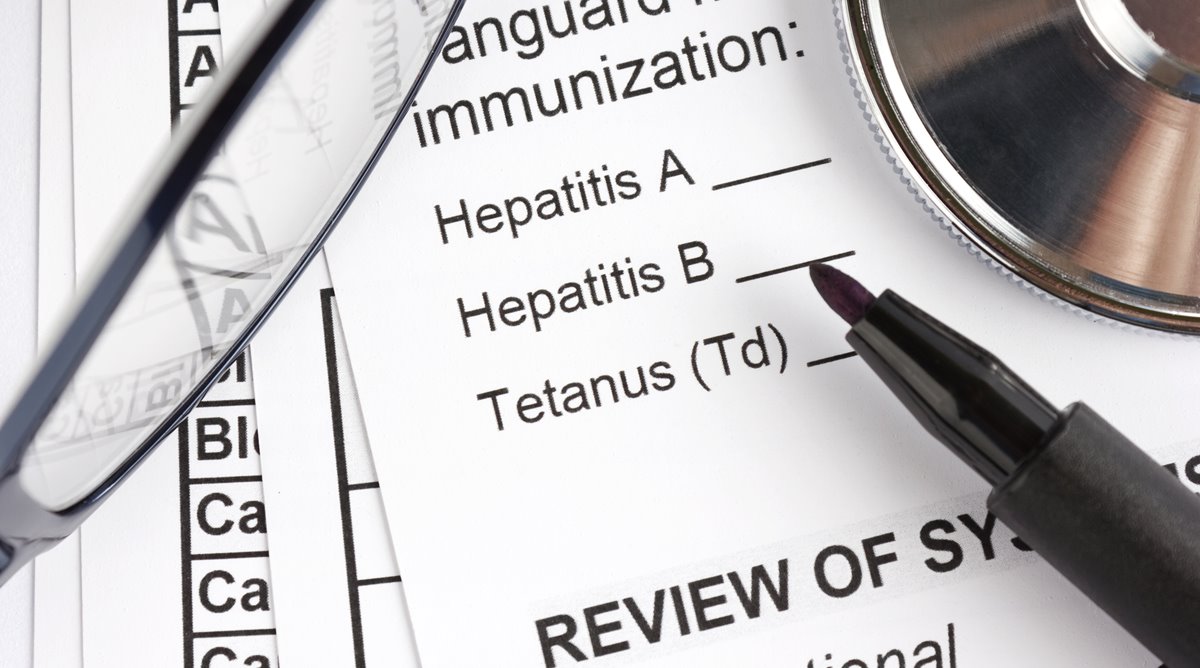There are 300 million people in the world who are living with hepatitis but are completely unaware of it, according to the World Hepatitis Alliance (WHA). And the World Health Organization says less than one in 10 infected people both worldwide and in the WHO South-East Asia Region are estimated to know their status, and less than 10 per cent of those who do know their status are receiving appropriate treatment.
The WHA is launching a campaign, ‘Find the Missing Millions’, this year to mark the World Hepatitis Day (July 28).
Advertisement
“This lack of awareness and treatment lead to progressive liver damage and can cause life-threatening conditions such as fibrosis and liver cancer, resulting in an estimated 410 000 deaths in the Region every year. It also allows viral hepatitis to spread: Region-wide, an estimated 40 million people live with chronic hepatitis B while an estimated 10 million live with chronic hepatitis C,” says Dr Poonam Khetrapal Singh, WHO Regional Director for South-East Asia.
WHO’s South-East Asia Region comprises 11 member states. They are India, Bangladesh, Bhutan, Democratic People’s Republic of Korea, Indonesia, Maldives, Myanmar, Nepal, Sri Lanka, Thailand and Timor-Leste.
READ | World Hepatitis Day: Prevention, vaccine and everything else you should know about hepatitis
Singh says urgent action is needed to find, test and treat the missing millions suffering from viral hepatitis and achieve the time-bound targets of WHO South-East Asia’s Regional Action Plan. That includes ensuring at least 50 per cent of infected people know their status and at least 75 per cent of those diagnosed with the disease are provided treatment by 2020, she says.
“Ninety percent or more of newborns should meanwhile receive the hepatitis B vaccine’s birth dose, while at least 95% of children should complete the vaccine’s three-dose schedule. Increased injection safety in health facilities is likewise critical,” says Singh.
WHO’s Global Health Sector Strategy on Viral Hepatitis envisages eliminating viral hepatitis as a public health threat by 2030. Singh believes greater awareness among high-risk groups and the general public is key to achieving this.
“Health authorities Region-wide should deploy clear messaging regarding the disease’s signs and symptoms, where they can get tested and seek treatment, and how hepatitis infection can be prevented (for example by vaccination for hepatitis B, and safe sex and safe needle usage for hepatitis B and C). They should also build health workers’ capacity at all levels to identify symptoms and test for the disease where appropriate,” she says.
Singh asserts that health workers must have better access to quality point-of-care diagnostics and laboratory testing. All testing kits, she says should be affordable and quality assured and results communicated confidentially and without prejudice or stigma. She also believes testing should be integrated with HIV, antenatal care and cancer screening and treatment services, and “occur under a clear set of national guidelines”.
While there have been treatments for Hepatitis B for some time, Hepatitis C can be cured now in 95% of cases with the help of directly-acting antiviral drugs. In fact, the cost of these treatments has also dramatically reduced.
Stressing that access to effective and affordable treatment is vital for individuals testing positive for Hepatitis B or C, Singh says the treatment costs should be brought down further and for this WHO member countries should make full use of the flexibilities in global trade agreements.
“WHO South-East Asia is committed to supporting Member States find, test and treat the missing millions suffering viral hepatitis and to harness the full potential of available tools. The stakes are high; the burden immense. Across the South-East Asia Region, urgent action is needed to counter viral hepatitis and save life,” says Singh.











